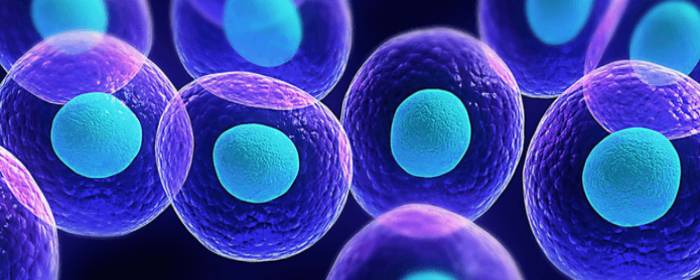Evidence has been accumulating for years showing how stem cells can serve therapeutic functions. Much of this research focuses on how stem cells can be applied to damaged tissue to help regenerate the area. Because stem cells can differentiate into a wide variety of cell types, they can be widely utilized to repair distinct types of tissue. However, a recent paper published in the World Journal of Stem Cells has described how stem cells can also be used to carry therapeutic agents to tissues and organs to help with regeneration.
Stem cells are good candidates for delivering genes, proteins, and small molecules to areas of interest because they have an innate ability to migrate to sites of injury. One challenge for using stem cells for this type of therapeutic delivery is how to load the stem cells with the therapeutic agents. There are pros and cons for the techniques that have been investigated.
Polymeric nanoparticles, are FDA approved and are versatile, uploaded efficiently, and biocompatible. However, it is hard to control the release of the therapeutic agent from the stem cells. Magnetic nanoparticles are not associated with high levels of toxicity and are efficient with loading. However, they can induce oxidative stress in carrier cells.
Silica nanoparticles have quick uptake, are non-toxic, stay within cells for a long time, and are versatile. However, their tendency to stay within cells for a long time can sometimes be a disadvantage when the agent needs to be cleared.
Liposomal nanoparticles are relatively easy to manufacture and are versatile in their therapeutic agent delivery. However, these nanoparticles are less efficient at uptake and need higher concentrations of the therapeutic agent loaded, which can be toxic to cells.
Once stem cells are loaded with bioactive molecules, there are a few ways that they can be guided toward target organs. For instance, they can be systemically infused so that they can migrate to their target areas trough blood flow.
Further research will help to clarify how well stem cells can be used to help deliver therapeutic agents to damaged or impaired tissue. Investigation into the different nanoparticles, stem cells, and potential therapeutic applications will help us better understand the extent to which stem cells can be used in regenerative medicine.


 St. Petersburg, Florida
St. Petersburg, Florida
